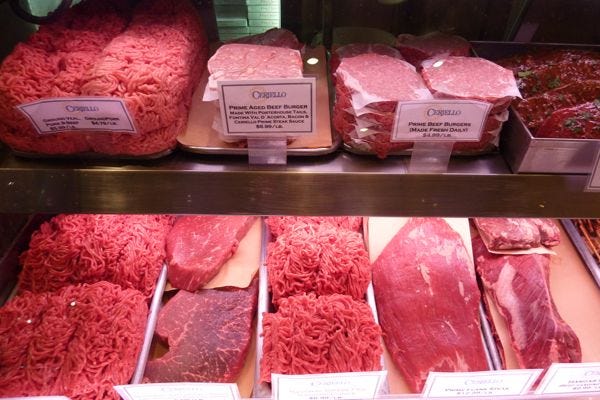How I Buy Meat, by Alexandra Zissu

For the next installment in DALS's How I Buy Meat series, we hear from Alexandra Zissu, author of The Conscious Kitchen, and the "Ask an Organic Mom" columnist at TheDailyGreen.com. The goal of the HIBM series is to share exact meat-buying strategies and philosophies from food industry insiders, environmentalists, public health officials, etc. who also …



